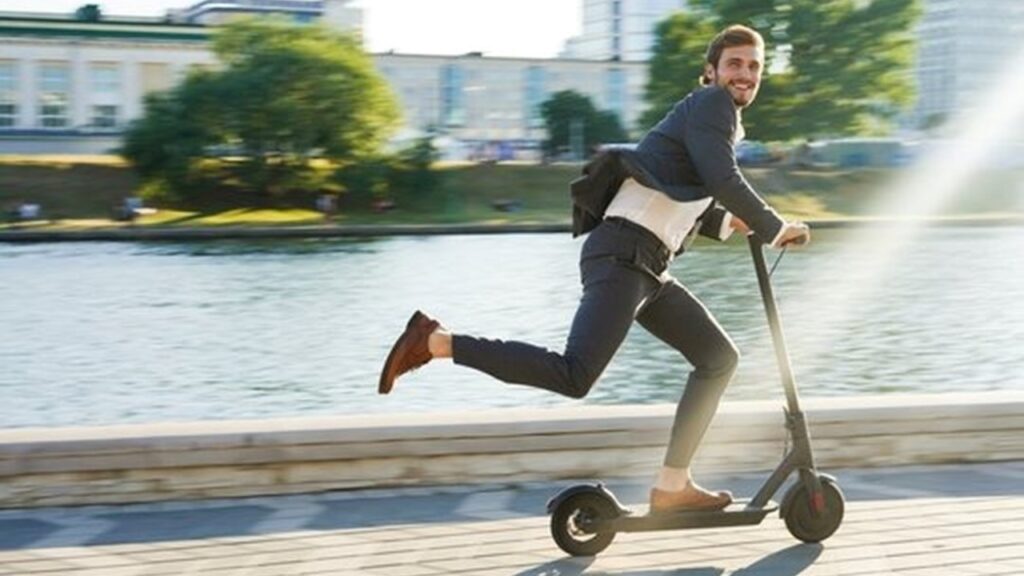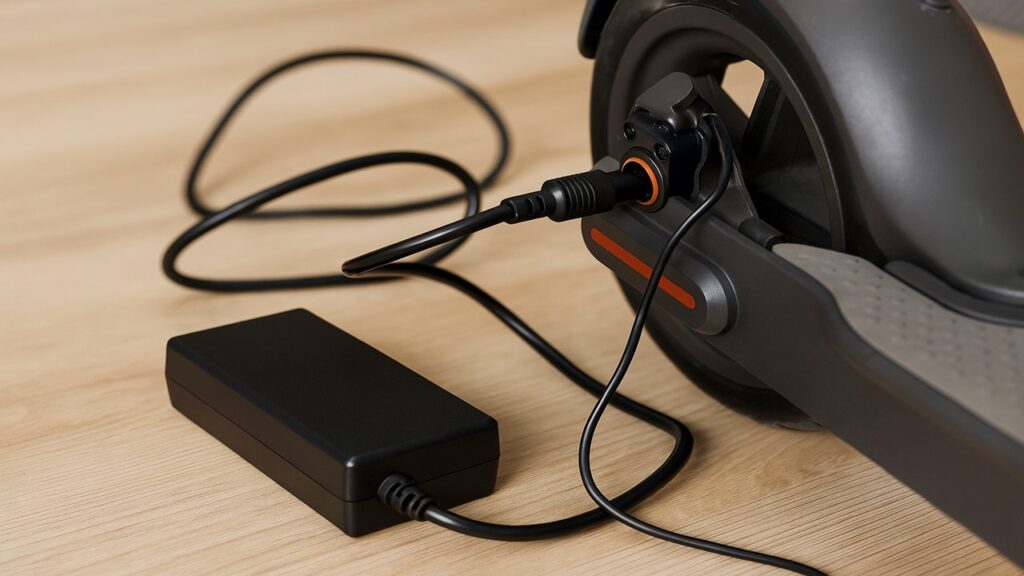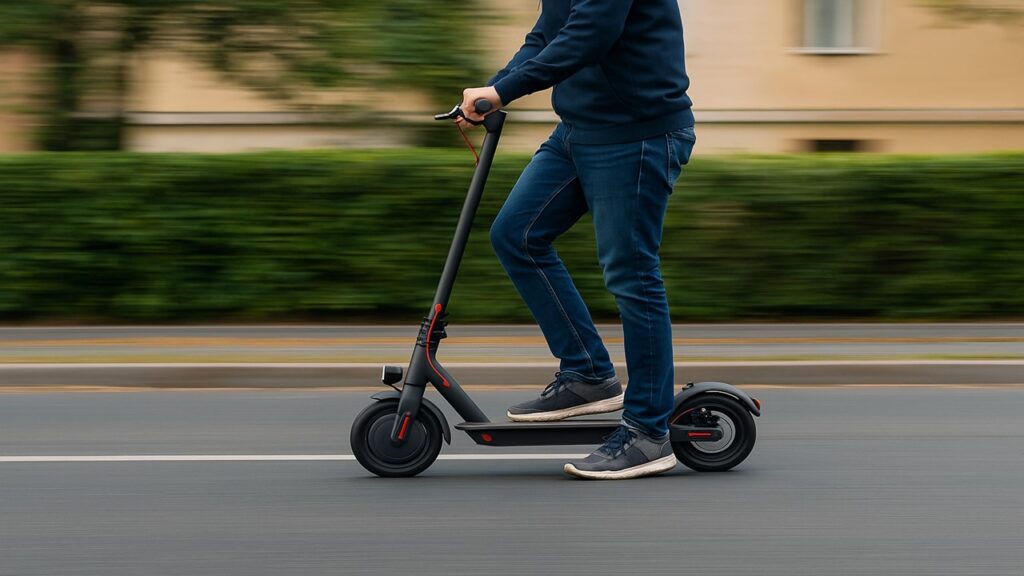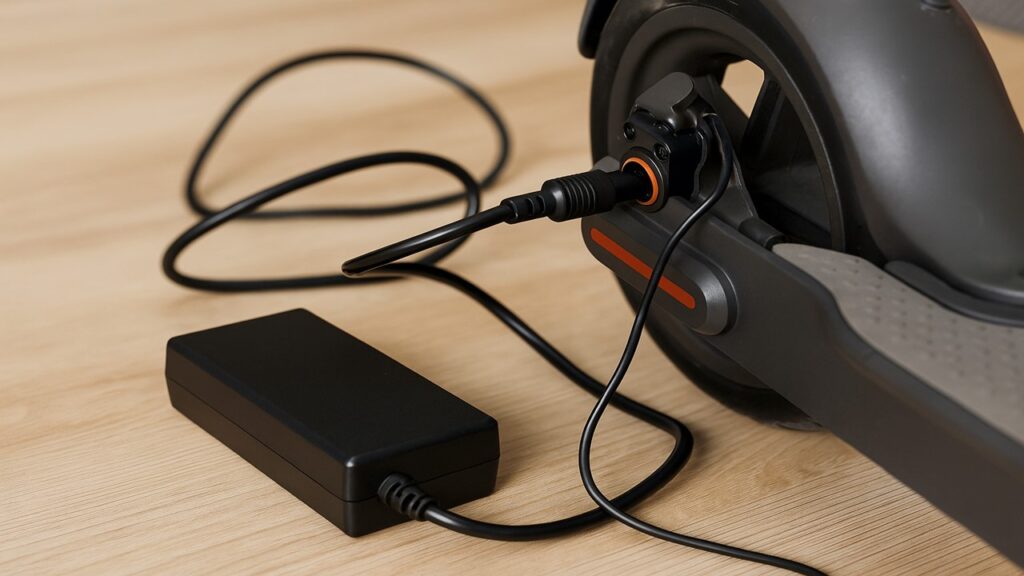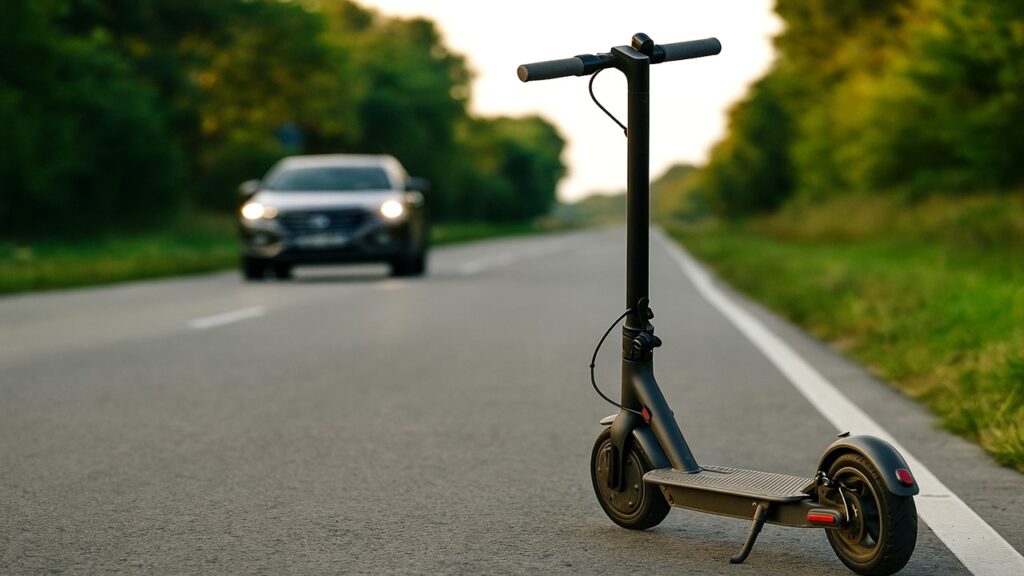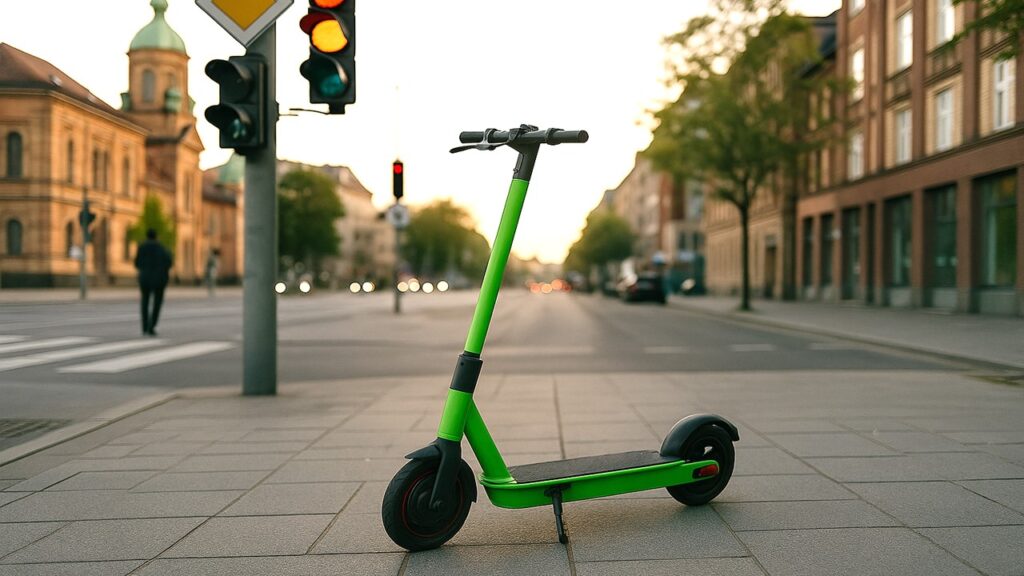
Electric scooters are fun, convenient, and great for short trips. But like any ride, safety should always come first. Whether you’re commuting to work or just cruising around town, taking a few precautions can make a big difference.
This article covers everything you need to know about electric scooter safety, including the most common mistakes riders make and 11 easy tips to help you stay safe on the road.
Are Electric Scooters Safe?
Electric scooters are generally safe, but only when used responsibly. Most accidents happen due to rider error, not because the scooter itself is unsafe.
One study published in the journal Brain Injury, which looked at over 76,000 cycling injuries, found that 78% of injured adult cyclists and 88% of injured young riders weren’t wearing helmets when they suffered head or neck trauma.
While this data focuses on bicycles, it highlights a key point that also applies to scooters: lack of proper safety gear is a major factor in injuries.
Think of it this way: a car is safe, but not if the driver is texting or speeding. Same goes for scooters. If you treat it like a toy, skip the helmet, or weave through traffic without focus, the risks go way up. But with some basic precautions, riding an electric scooter can be just as safe as biking.
11 Simple Electric Scooter Safety Tips
Most e-scooter accidents are easy to avoid with a little awareness and preparation. Here are some tips to help you ride smart.
1. Always Wear a Helmet
This isn’t optional. A helmet protects your head in case of a fall or crash, and head injuries are one of the most common scooter-related injuries.
Even if you’re just going a few blocks, wear it. Accidents don’t give warnings. For better protection, go for a helmet that covers the back of your head and fits snugly.
2. Do a Quick Pre-Ride Check
Before you ride, take a moment to inspect your scooter. Check that the brakes work, the throttle responds properly, and your tires look firm and free of damage.
If your scooter has lights, make sure they turn on, especially if it’s early morning or late evening. This small habit can catch issues before they become serious problems.
3. Don’t Ride With a Passenger
Scooters are built for one rider, not two. Adding another person makes the scooter harder to balance, turn, and stop. It also increases the chance of tipping over. If you want to ride with someone, get a second scooter or look into other options like e-bikes built for two.
4. Keep Both Hands on the Handlebars
Riding with one hand might seem harmless, but it reduces your control, especially if you hit a bump or need to stop suddenly. Always keep both hands on the bars. If you need to use your phone, pull over and stop first.
5. Slow Down Before Turning
Turning quickly on a scooter can throw you off balance, especially if you’re going fast. Slow down before the turn, lean slightly into it, and keep your eyes on where you’re going. Avoid turning too sharply, especially on slick or uneven surfaces.
6. Watch the Road
Scooter wheels are small, which means even a small pothole or loose rock can cause a fall. Keep your eyes looking ahead, not just at your feet, and watch for cracks, puddles, and debris. The sooner you spot a hazard, the easier it is to avoid it.
7. Avoid Riding in the Rain
Rainy weather means slick roads and poor visibility. Even if your scooter is water-resistant, wet surfaces increase your chances of slipping.
If you absolutely must ride in the rain, take it slow, avoid metal grates and painted lines, and keep a light touch on the brakes.
8. Stay Off the Sidewalk
In many places, riding on the sidewalk is illegal, and for good reason. Scooters can move fast, and weaving through pedestrians is a recipe for an accident.
Use bike lanes or quiet side streets instead. If you do have to be on the sidewalk, ride at walking speed and give people space.
9. Use Lights and Reflective Gear at Night
If you’re riding at night or early in the morning, you need to be seen. Make sure your scooter has working front and rear lights.
Adding a reflective vest, stickers, or a clip-on blinking light to your backpack or jacket can also make a big difference.
10. Don’t Ride Under the Influence
Scooters might seem like a harmless way to get home after a night out, but riding drunk or high is dangerous. Your reflexes are slower, your balance is off, and your judgment is poor.
Many late-night scooter accidents involve alcohol, so it’s better to grab a cab or walk if you’re not sober.
11. Keep Your Scooter Maintained
If you own your scooter, give it a little TLC from time to time. Check that screws and bolts are tight, especially around the handlebars and brakes.
Look for wear on the tires and make sure your brake pads aren’t worn down. Regular maintenance keeps your ride smooth and safe.
Should You Get Insurance?
It’s not always required, but having insurance for your electric scooter is a smart move, especially if you ride often.
Most places don’t make you insure your scooter, but accidents do happen. If you damage property or someone else gets hurt, you could be responsible for paying the costs. Some insurance plans can cover these situations.
Finding coverage isn’t always easy though. Not all policies include electric scooters, so you may need to shop around. It’s worth calling your insurance provider to see what’s included.
If you already have home or renters insurance, ask if e-scooter use is covered. If not, consider getting a standalone policy.
Further reading:
What To Do If You’re In An Accident
Accidents can happen, even if you’re careful. Here’s what to do right after one:
- Get Medical Help: If you’re injured, don’t wait. Call for medical assistance or go to a clinic as soon as you can.
- Take Photos: Snap pictures of the scene, your scooter, the road, and anything else that shows what happened.
- Exchange Details: If someone else was involved, like a car driver or another scooter rider, exchange names, numbers, and insurance info if needed.
- Get Witnesses: Ask anyone nearby if they saw the accident. Take their contact info in case you need a statement later.
- Report the Incident: Let local authorities know if it involved another vehicle or serious injury. If it was a rental scooter, report it to the company too.
- Check Your Insurance or Legal Options: If someone else was at fault or you were seriously injured, you may want to speak with a lawyer or your insurance provider.
Conclusion
Electric scooters can be a smart and fun way to get around, but only if you ride them safely. Most accidents happen because of simple oversights like not wearing a helmet or trying to multitask while riding.
A few easy habits, like checking your scooter before you ride, slowing down when needed, and staying alert, can go a long way in keeping you safe.
Remember, it’s not about being scared to ride. It’s about being smart while you do. Ride solo, stay off sidewalks where required, avoid distractions, and treat your scooter like any other vehicle. Do that, and you’ll enjoy the ride without the risk.
Related FAQs
Can kids ride electric scooters safely?
Kids can ride electric scooters, but they should use models made for their age group and always wear protective gear. Supervision is important, especially for younger riders.
What is the safest speed to ride an electric scooter?
Staying under 15 mph is a good rule of thumb, especially in urban or shared spaces. Higher speeds leave you with less time to react to hazards.
Can you ride an electric scooter uphill?
Yes, but performance depends on the scooter’s motor and battery. Some lower-powered models may struggle on steep hills or run out of charge quicker.
Are there electric scooters with built-in safety features?
Yes. Many modern scooters come with features like anti-lock braking systems, LED headlights, brake lights, and even built-in indicators for turns.
Can you ride an electric scooter with headphones?
It’s not recommended. Listening to music can block out important sounds around you like traffic, sirens, or other riders. It’s safer to stay fully aware of your surroundings.

Nusrat is an electric scooter enthusiast and daily rider who loves exploring new ways to make urban commuting cleaner and more enjoyable. She shares hands-on reviews, performance insights, and practical riding tips to help others find reliable, safe, and affordable electric scooters. Through her detailed guides and real-world experience, Nusrat helps riders make smarter choices and enjoy every ride with confidence.



